The Importance of Controlling Fugitive Emissions in the Petrochemical Industry
Petrochemical plants and industrial operations often struggle with a problem that is both difficult to detect and correct. Tiny leaks in a pressurized system can often become a huge issue for these facilities. As much as a third of all emissions from some industrial plants can come from inadvertent leaks in pressurized systems. Gases released from these small leaks are called fugitive emissions. Pressurized systems across the upstream, midstream, and downstream petrochemical markets experience losses due to fugitive emissions. Unfortunately, fugitive emissions in the petrochemical industry have a number of negative impacts on both petrochemical companies and their employees as well as the outside environment.
The Dangers of Fugitive Emissions
There are three main negative impacts associated with fugitive emissions. First, leaks in petrochemical operations can hurt companies economically. Preventable fugitive emissions could potentially account for a significant percentage of a petrochemical facility’s total emissions. In addition, companies can face financial consequences if they violate health and environmental regulations on fugitive emissions. Second, many of the fugitive gases released in oil and natural gas operations are very dangerous to humans, even in small amounts. Fugitive emissions can threaten the health of workers in petrochemical facilities and operations, as well as the well-being of others in proximity to these emissions. Finally, fugitive emissions can negatively affect the environment. Reports have shown that fugitive emissions account for 5.2 percent of greenhouse emissions worldwide.
Mitigating Fugitive Emissions
In a pressurized system, points like valves, pumps, pipe connections, and seals are some of the most prominent locations for fugitive emissions to escape. Not all pressurized systems release the same amount of fugitive emissions. The design, quality, and condition of this primary equipment can drastically affect the amount of fugitive emissions released. Operations procedures, specially designed equipment, and regular maintenance can help mitigate the amount of fugitive emissions released during an operation. CPV Manufacturing creates valves and fittings for the petrochemical industry that are designed to reduce fugitive emissions and resist corrosion. High-quality, well-designed valves can reduce the financial burden of fugitive emissions, help keep workers safe, and mitigate the negative environmental impacts of a petrochemical operation.
At CPV Manufacturing, we have decades of experience controlling fugitive emissions in the petrochemical industry. For assistance, contact our team at salesadm@cpvmfg.com.

 On top of the physical conditions lies the fact that 10,000 feet under the ocean’s surface and hundreds of miles from land is not the most convenient location to service a valve. Last but not least, valve failure has the potential to cause an environmental catastrophe. That means valves and fittings used in offshore drilling operations need to be fail proof and remain leak free until their work is done.
On top of the physical conditions lies the fact that 10,000 feet under the ocean’s surface and hundreds of miles from land is not the most convenient location to service a valve. Last but not least, valve failure has the potential to cause an environmental catastrophe. That means valves and fittings used in offshore drilling operations need to be fail proof and remain leak free until their work is done.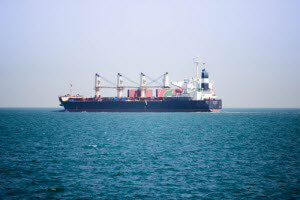
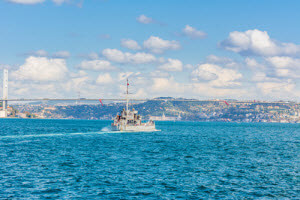 Work discipline ensures that everyone understands all the safety requirements and compliance with those requirements during the creation of a U.S. Navy vessel. Material control makes sure that all materials used are durable and correctly installed. This includes all materials used for storage, handling, and installation in the submarine.
Work discipline ensures that everyone understands all the safety requirements and compliance with those requirements during the creation of a U.S. Navy vessel. Material control makes sure that all materials used are durable and correctly installed. This includes all materials used for storage, handling, and installation in the submarine.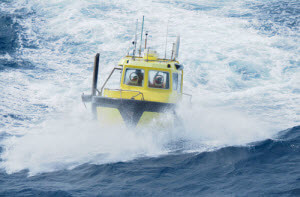 The 2016 International WorkBoat Show will be held on November 30, December 1, and December 2 at the Ernest N. Morial Convention Center in New Orleans, LA. The three-day conference and show will provide mariners with the industry information needed to overcome potential issues and enhance overall efficiency in the workplace.
The 2016 International WorkBoat Show will be held on November 30, December 1, and December 2 at the Ernest N. Morial Convention Center in New Orleans, LA. The three-day conference and show will provide mariners with the industry information needed to overcome potential issues and enhance overall efficiency in the workplace.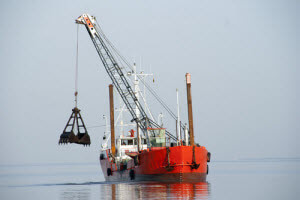 On top of that, the International WorkBoat Show will feature a selection of workshops designed to provide tips and best practices for running a business in the marine industry. A few notable workshops at this year’s event include “Improving Shipbuilding Safety,” “Innovative Ways to Solve Emissions Problems without Compromising Fuel Consumption,” and “Getting Your Maritime Connectivity Strategy Right – Challenges and Best Practices.”
On top of that, the International WorkBoat Show will feature a selection of workshops designed to provide tips and best practices for running a business in the marine industry. A few notable workshops at this year’s event include “Improving Shipbuilding Safety,” “Innovative Ways to Solve Emissions Problems without Compromising Fuel Consumption,” and “Getting Your Maritime Connectivity Strategy Right – Challenges and Best Practices.”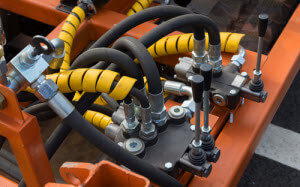 Hydraulic systems are made up of numerous parts:
Hydraulic systems are made up of numerous parts: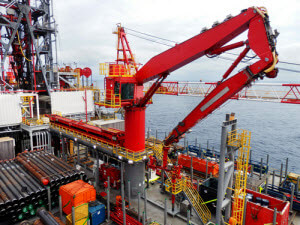 In addition to vehicles and industrial machinery, hydraulic systems can be found on ships. Hydraulic systems on ships are used in various applications. For example, systems used for cargo systems make carrying heavy materials and performing other cargo operations easier and less time consuming.
In addition to vehicles and industrial machinery, hydraulic systems can be found on ships. Hydraulic systems on ships are used in various applications. For example, systems used for cargo systems make carrying heavy materials and performing other cargo operations easier and less time consuming.